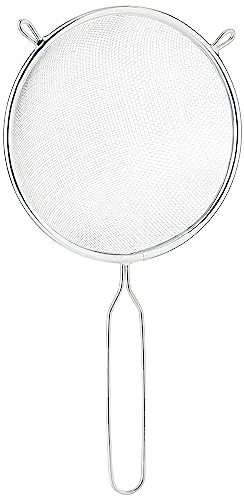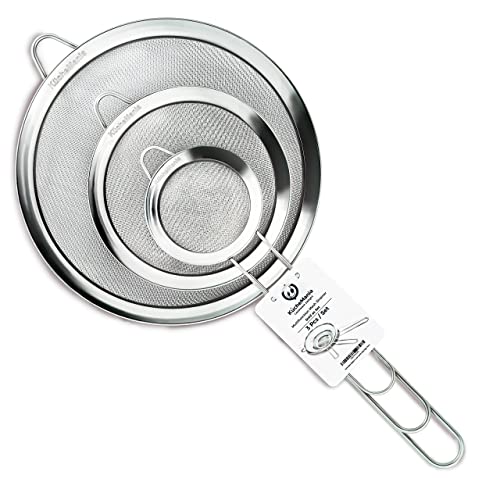The Common Uses of a Sieve in Non-cooking Applications
Sieves, commonly known as screens or strainers, are versatile tools that can be used in various non-cooking applications. While many might associate sieves with kitchen tasks such as sifting flour or straining pasta, their usefulness extends far beyond the culinary realm. In this article, we will explore some of the common uses for sieves in non-cooking applications.
Construction and Civil Engineering
In construction and civil engineering, sieves play a crucial role in materials testing and analysis. They are commonly used to determine the particle size distribution of soil, sand, and aggregates. By passing the material through a series of progressively smaller sieve sizes, engineers can assess the suitability of the material for various applications. This information is essential for designing foundations, roadways, and other structures.
Sieves are also used in concrete production to separate coarse and fine aggregates. This ensures that the concrete mix has a consistent and uniform composition, resulting in better strength and durability. Moreover, sieves are used in asphalt production to separate different sizes of aggregates for the proper formulation of asphalt mixtures.
Mining and Quarrying
In the mining and quarrying industries, sieves are indispensable for extracting and processing valuable minerals and aggregates. Various types of sieves, such as vibrating screens and trommel screens, are used to separate different sizes of particles. This is crucial for sorting and classifying materials, ensuring efficient processing and maximizing the yield of valuable products.
Sieves are also used in the exploration phase of mining operations to analyze soil and sediment samples for the presence of minerals and ore bodies. By passing the samples through sieves with different mesh sizes, geologists can determine the particle size distribution and estimate the mineral content of the samples. This information guides mining companies in making informed decisions about the viability of potential mining sites.
Environmental and Waste Management
Environmental and waste management industries rely on sieves for various purposes. In wastewater treatment plants, sieves are used to remove large solids and debris from the influent stream before the water undergoes further treatment. These sieves, known as bar screens or coarse screens, prevent clogging and damage to downstream equipment.
Sieves are also employed in recycling facilities to sort and separate different types of waste materials. For instance, sieves can be used to separate plastic, paper, and metal components from mixed waste. This allows for efficient recycling and reduces the amount of waste sent to landfills.
Pharmaceuticals and Chemicals
In the pharmaceutical and chemical industries, sieves are crucial for product quality control and formulation. Powders and granules used in the production of medicines and chemicals must meet specific particle size requirements for optimal performance.
Sieves are used to classify powders according to their particle size, ensuring consistency and uniformity in the final product. They are also used in the formulation of tablets and capsules to remove oversized or undersized particles, ensuring accurate dosage and optimal dissolution.
Agriculture and Food Processing
In agriculture and food processing, sieves are widely used for sorting, grading, and cleaning various agricultural products. They are employed to separate grains, seeds, and other crops based on their size and shape. This allows for the removal of impurities and ensures the production of high-quality crops.
In food processing plants, sieves are used for materials handling and quality control. They can be used to remove foreign objects or contaminants from raw materials, ensuring food safety and compliance with regulatory standards.
In conclusion, sieves find applications in a wide range of non-cooking contexts. Whether it be in construction, mining, environmental management, pharmaceuticals, or agriculture, sieves play a crucial role in ensuring quality, efficiency, and optimal performance in various industries.






